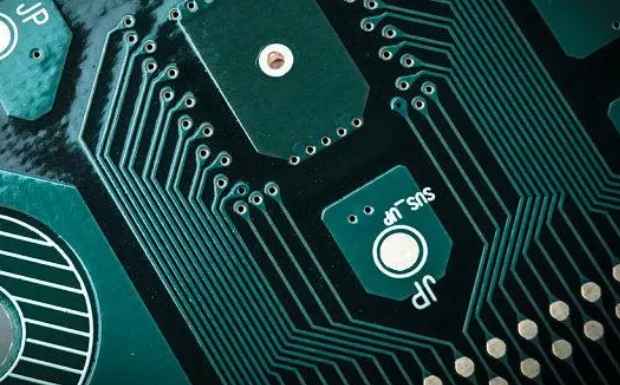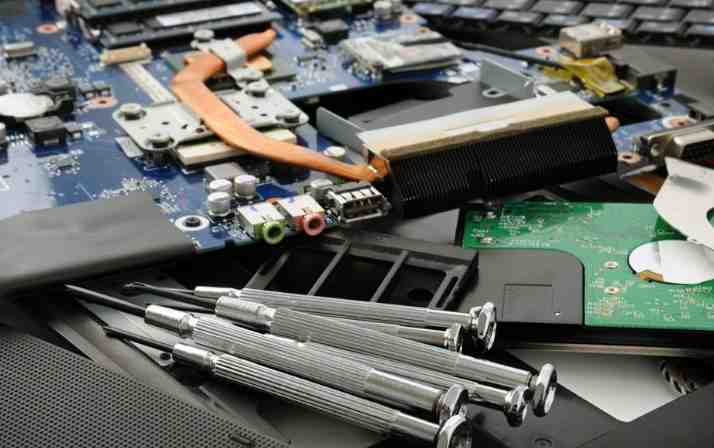
Previously we learned the capacitive characteristicsof forward crosstalk, and then we learned the reflection of backward crosstalk. Generally speaking, many engineers pay more attention to forward crosstalk, but this is the wrong thinking. Today we will talk about why we should pay more attention to backward crosstalk, hoping to help you.
First, unlike forward crosstalk, the amplitude of the backward crosstalk pulse is independent of line length, and its duration is twice as long as the delay time of the "intrusion" signal. Why? If you look at the backward crosstalk from the starting point of the signal, when the "intrusive" signal is far away from the starting point, it is still producing the backward pulse until another delayed signal appears, so that the entire duration of the backward crosstalk pulse is twice the delay time of the "intrusive" signal.
How does tri-proof paint work in electric vehicles and other automotive applications
Three-proof paint is everywhere. Although the advantages of the three anti-paint can provide are not obvious, but its purpose is very clear, protect the circuit against the harsh environment, improve the reliability of the device, extend its service life.
Household appliances, white goods, other electronic products used inside and outside the home, as well as office, manufacturing sites and other industrial applications can be seen in the three-proof paint. The need to protect electronics in different devices is becoming increasingly important as connection adoption rates soar through the Internet of Things, smart cities and smart infrastructure networks.
As people become more dependent on devices, protecting the physical and security of electronic devices is becoming important to many people. And this is where the three anti paint can play a role. The protection of electronics is particularly important for the automotive industry's advanced driver assistance Systems, or ADAS, and for electric vehicles already on the market.
This column will show you how tri-resistant paints can be used in electric vehicles, hybrids and other automotive applications, where demand for tri-resistant paints is known to have increased dramatically.
Coatings are widely used in diesel and gasoline cars, but do hybrid or electric cars also need coatings?
With the rapid adoption of electric vehicles and ADAS and autonomous driving technologies, as well as the increase of infotainment facilities in cars, the automotive industry's demand for electronic products has increased dramatically. At the same time, the demand for three-proof paint is also growing.
To make electric cars last longer on each charge, one of the solutions is to make them as light as possible. Electronics design engineers need finer spacing on circuit boards to minimize the size of the electronics. In ADAS and other applications, the very low fault tolerance means that a high level of protection must be applied to the circuit board against environmental factors such as humidity, condensation, temperature changes, corrosive gases, and other contaminants.
Protecting electronics from the environment is important, but so is insulating the components on the circuit board. It is essential to use high dielectric strength materials that can resist higher voltages before breakdown.
Three-proof paint can meet such challenges. Three anti paint can not only provide a strong protective barrier against the external environment, but also can provide fine component spacing required insulation resistance. All of these factors provide a high level of protection in a lightweight solution. Hybrid and electric vehicles have a huge demand for triple-proof paint, but these two types of applications have very strict requirements, which means more pressure to solve the problem.

What common applications will the automotive industry use coatings in?
The potential applications of three anti - paint can be said to be unlimited. As long as the PCB needs light quality protection, then the triple anti paint is the ideal solution.
Automotive coating applications include sensors in ADAS and other support applications. Examples include ADAS control unit PCBS, or powertrain applications such as battery management system PCBS, charger PCBS, alternators, DCS, DC converters and transfer switches.
In addition, coatings are also needed to protect electronics in automotive infotainment systems, interior and exterior lighting, air conditioning systems and other electronic control systems. There are many electronic products in the car need to use three anti paint, too numerous to list.
We move from the cars themselves to the charging infrastructure, which is exposed to a variety of weather conditions: heat, cold, humidity and corrosion, especially near coastlines. It is necessary to arrange a safe and reliable charging station network for the convenience of the driver to charge the car, so the charging point should also be included in the potential application of the three anti-paint.
Bio-based coatings, especially those that use more sustainable raw materials in their raw materials, have well demonstrated that triple-proof paints perform well in electric vehicles and other automotive applications.
The lighter quality of the three-proof paint not only meets the manufacturer's requirements for product sustainability, but also shows better anticoagulability, thermal stability, flexibility and adhesion in the end-use environment compared to many petrochemical derived polymers.









